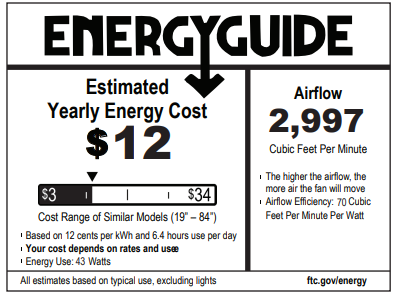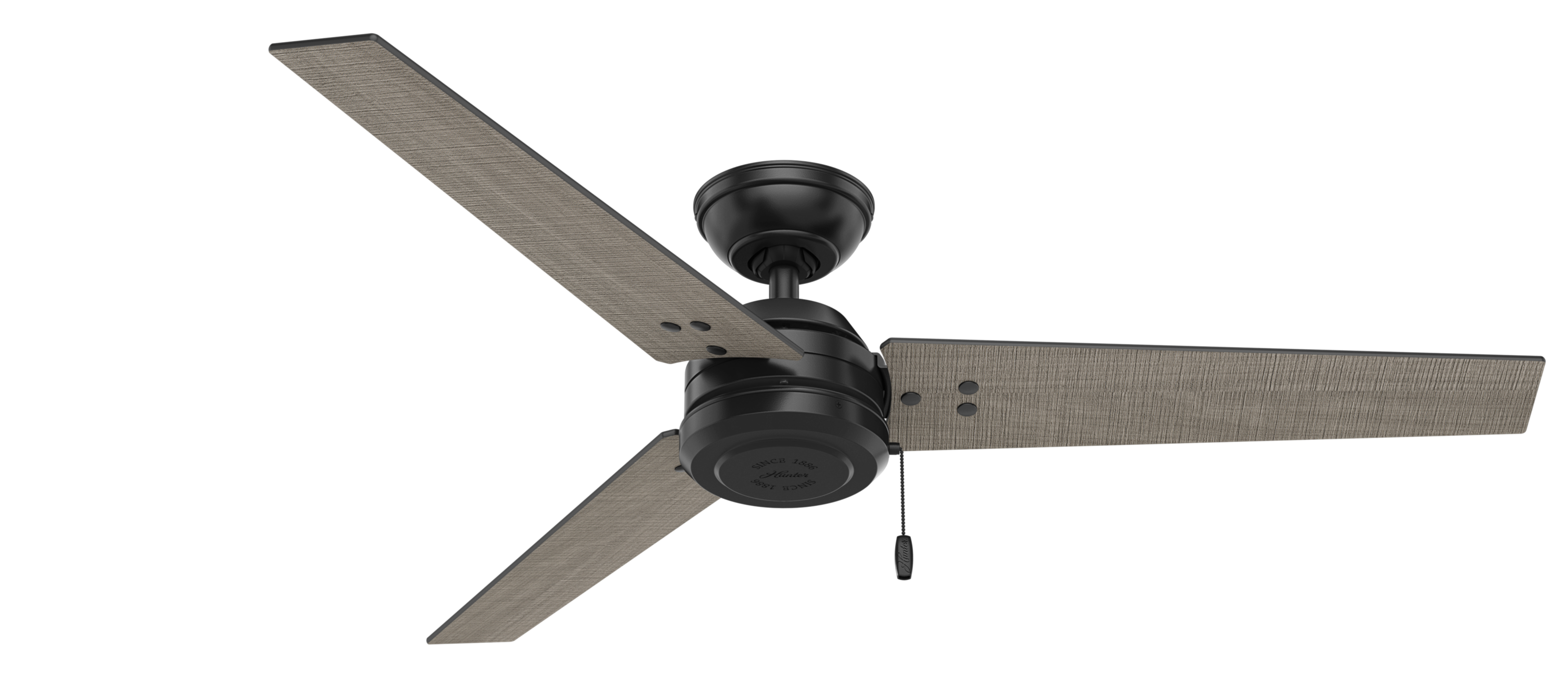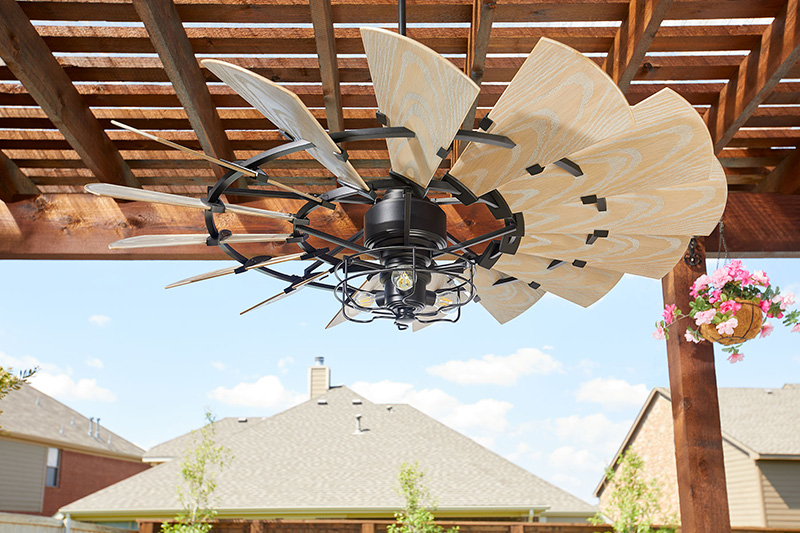There’s a lot that goes into selecting the best ceiling fan for your home. From matching it with your existing design elements to finding one that fits your budget, the process can be confusing. Ceiling fans are important pieces of decor, but how they function and their energy consumption matters too. The difference between getting one that saves energy and wastes energy can cost you big time over the years.
Want to get the most energy-saving ceiling fan that will perfectly fit your space? Here are some top tips as you start shopping and comparing your options.
Style and Size Matter
Before we get into saving energy, you shouldn’t let the style and size of your new ceiling fan take the backseat. Replacing or installing a new ceiling fan takes a little bit of work, but the right one will hang in your home for years to come. Because of this, make sure you don’t compromise looks for functionality as the perfect ceiling fan can bring the space together and complete a room’s theme.
For example, windmill ceiling fans fit the modern farmhouse theme perfectly when mixed and matched with other rustic finishes in the room. Focus on style and size first, then narrow down your options based on their energy efficiency.

Understanding the Energy Guide Label
Companies like LightsOnline offer an Energy Guide for each of their ceiling fans. In this energy guide, you’ll see three helpful metrics: Airflow, Electricity Use and Airflow Efficiency.
- Airflow measures how much air the blades move per minute. Typically, this number is measured in cubic feet per minute or CFM.
- Electricity Use measures how much energy the ceiling fan directly uses. You’ll see this measured in watts and you want the number to be as low as possible. Keep in mind that this number doesn’t include the energy used by a light kit.
- Airflow Efficiency is calculated by dividing the ceiling fan’s airflow by electricity use. It’s an all-encompassing metric and you want this number to be as high as possible.

General Energy Saving Best Practices
Industrial ceiling fans and other ceiling fans aren’t the same as HVAC systems because they don’t actually cool a room. Instead, they move air around to make it more comfortable. Because of this, if you leave ceiling fans on when you’re not in the room, all you’re doing is wasting energy. Turn them off when you leave the room and power them up when you return to avoid wasting energy.
Also, the direction that your ceiling fan spins is important based on the season. During warmer months, when you want to feel cooler, the blades should spin counterclockwise to push cool air down, stirring up the air and creating a breeze. This can help make rooms more comfortable and reduce cooling costs. In the winter, the blades should spin clockwise to pull cold air up and distribute warm air. This can help keep a room more comfortable without having to crank your heater up so much. Finally, if you decide to add a lighting kit to your new ceiling fan, use LED bulbs to help improve the energy efficiency of the entire unit.
About LightsOnline
Since 2009, LightsOnline has been dedicated to helping people complete their dream home decor, illuminating rooms with an extensive selection of high-quality lighting solutions and ceiling fans. The trained experts at LightsOnline know that the wide variety of styles and options in the lighting world can be complex and confusing. They will work with you to find the perfect fixtures to suit any aesthetic or room at every price point. They offer some of the best ceiling fan brands in the industry, including Casablanca fans and Savoy House. If you are building and lighting your dream home or upgrading your current ceiling fans, they have a solution for you.
Shop all of LightsOnline’s premium lighting and ceiling fan solutions at www.lightsonline.com
Read more:






January 27, 2023
[…] Top Tips for Buying an Energy-Saving Ceiling Fan […]